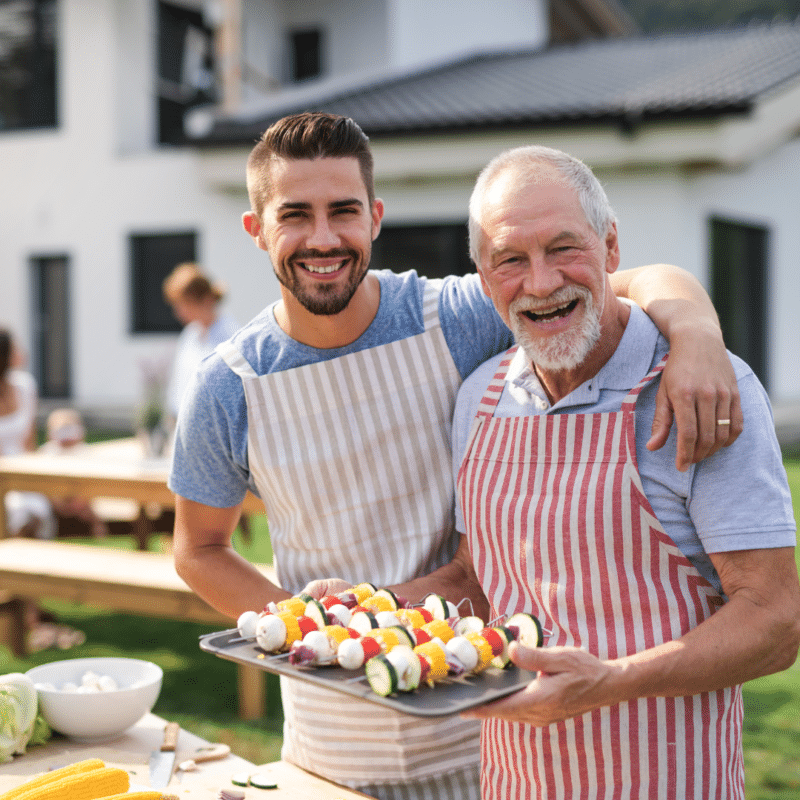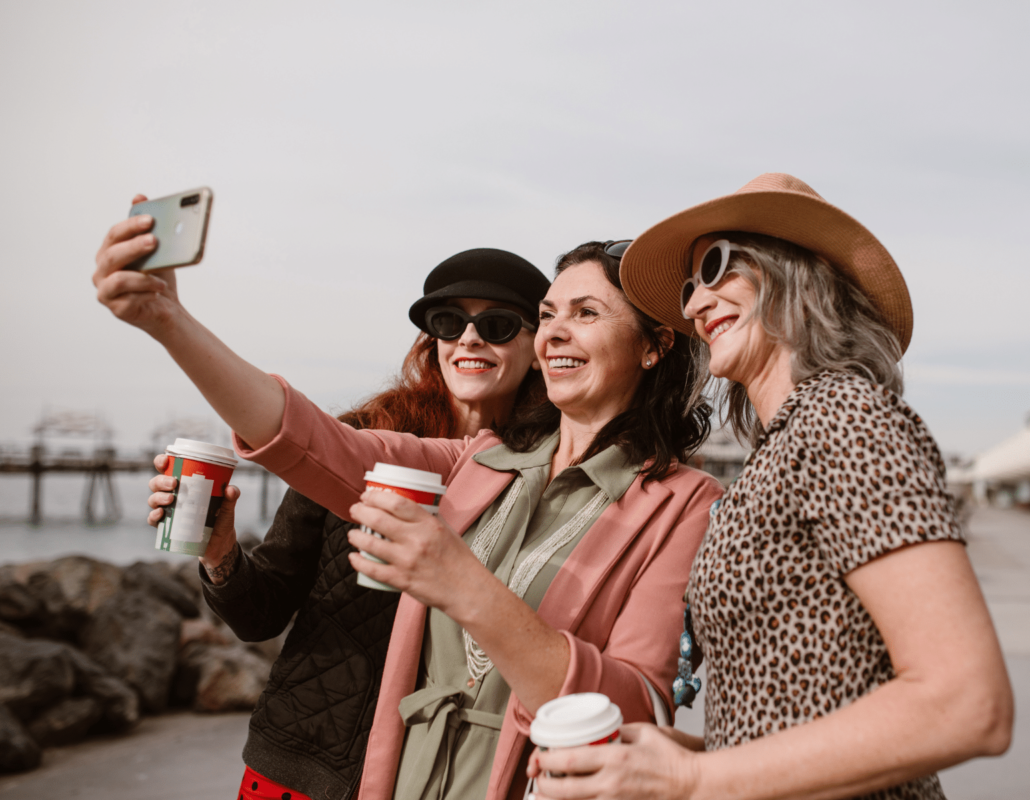A processed food is one that has undergone changes to its natural state. In other words, any agricultural product subject to cutting, heating, pasteurizing, freezing, or a procedure that alter its state- including the addition of preservatives, flavors, additives such as sugar, salt, fats and so forth. In many ways, processing can be beneficial. Techniques including cooking and drying destroy harmful bacteria. Processing of dried beans into a can, will increase their shelf-life and this does not make them an unhealthy food choice. Fortification of foods with vitamins and minerals such as iron in infant cereal or vitamin D in milk can help prevent deficiencies. We all have at least a handful of processed items in our kitchen pantry. Minimally processed foods are practical, quick and easy tools to use for a healthy well balanced diet.
So where is all the fuss?
Well……….Not all processing is created equal.
Processing and ultra-processing also involves adding sugars, salts, artificial ingredients, unhealthy fats and leads to lower nutrient content, low fiber, and health detriments. Some of the most common examples of such are artificial sweeteners such as high fructose corn syrup, maltodextrin, hydrogenated oils, bulking or foaming agents and flavor enhancers such as monosodium glutamate and artificial coloring. Ultra-processing of foods increase their taste, palatability & blunt sensory specific signaling occurring in our bodies that indicate satiety. Have you ever been able to have just one chip? Ever notice some foods make you want more? The combination of certain ingredients can lead to increased caloric consumption and are associated with increased risks of obesity, diabetes & heart disease.
In summary, nearly all foods have some degree of processing and not all processing is created equal. Understanding the spectrum of processing and paying attention to the ingredients in any food product is key to identifying the healthy vs unhealthy options for a whole nutritious diet and optimal health. Remember to always read your ingredient lists. Look out for hidden sugars, salt. Make sure you can recognize all listed words. In general, less is more. If the ingredient list looks like a school essay, it’s more likely that it is highly processed. Make sure to take advantage of those minimally processed foods that are practical tools for healthy nutritious meals.





